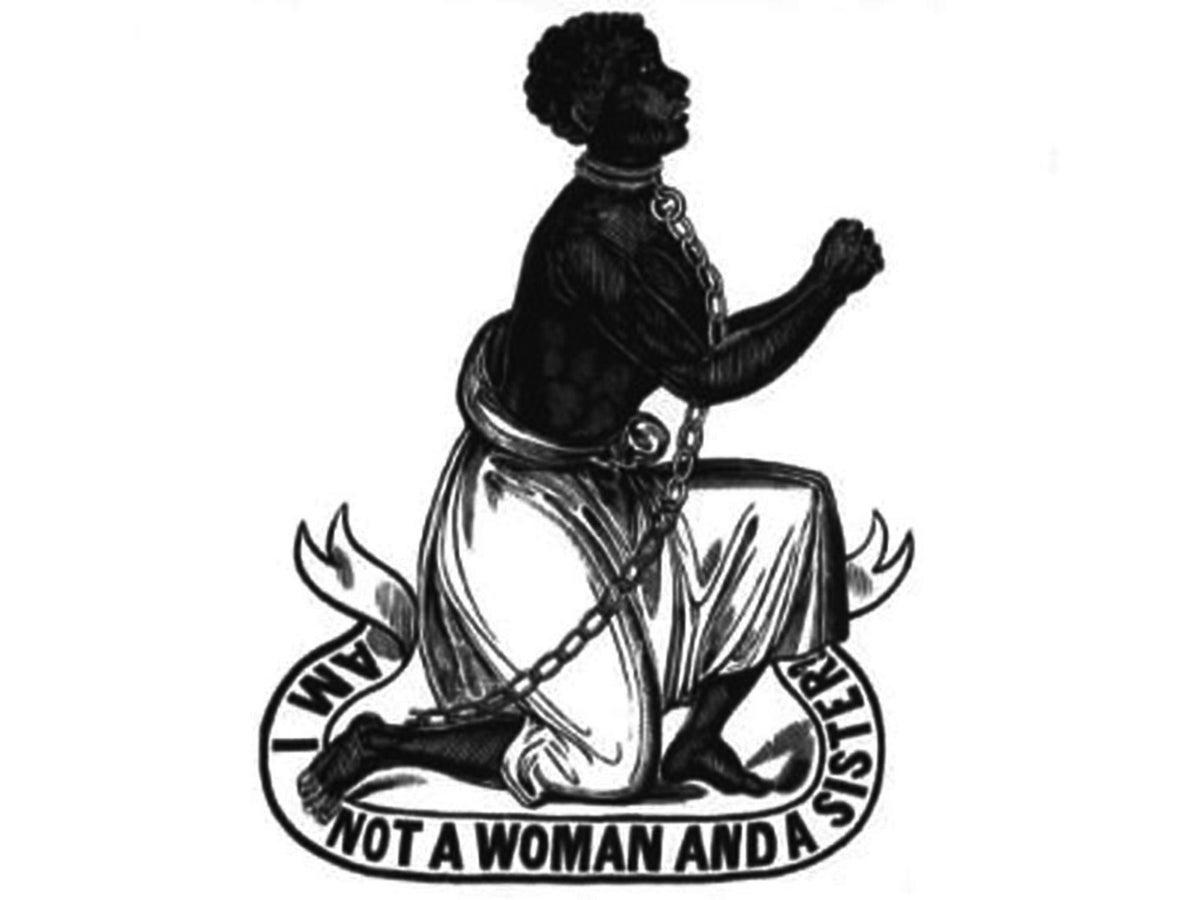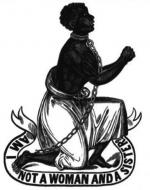Created by Meckhi Patty on Mon, 04/11/2022 - 10:53
Description:
Many white abolitionist authors wrote about the slave trade, more specifically the slaves themsevles. These authors wrote on what they believe was how many black slaves actually felt. Not only that, but also the extent of the treatment they received from white owners. While many of these accounts were accurate to reality, they all missed one specific aspect: sincerity. These authors that wrote on slavery were never slaves themselves, thus the power behind these works of art were diminished by the fact that the authors never endured the true brutality of slavery.
This image showcases Mary Prince’s passage “ The History of Mary Prince,
A West Indian Slave”. Prince’s chilling autobiography details her life in slavery. What makes her entire passage unforgettable is the gruesome details of the punishments slaves endure from their owners, along with the mental angusih she had gone through, the hopeless nature of a slave’s existence, and lastly, the complete disregard of black lives as white owners used fear and pain to keep them in line. This book is supposed to truly engourge you with the true brutality of slavery and the atrocities human’s are willing to commit in the name of greed. The image shows case a female slave in chains as a banner waves below her feet, with the banner stating “ Am I not a woman and a sister?”.
The second image is the title of "THE INTERESTING NARRATIVE OF THE LIFE OF OLAUDAH EQUIANO, OR GUSTAVUS VASSA,
THE AFRICAN." In his passage, Equiano also details the brutality of life as a slave. The difference is that this is also a telling of Equiano's life as a free African before becoming enslaved by white colonists. The key similarity that we see is that both passages speaks out on the cruelty that they both faced in their time in slavery.
As of this time in history, many more free slaves began to write their own experiences under bondage. This gave the abolinist movement the proper fuel needed to end slavery world-wide.



